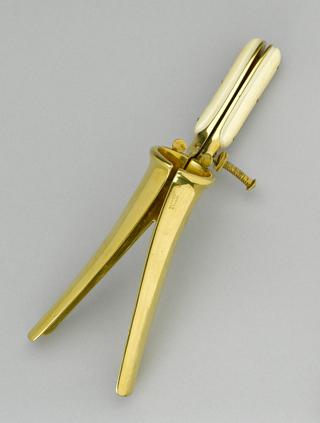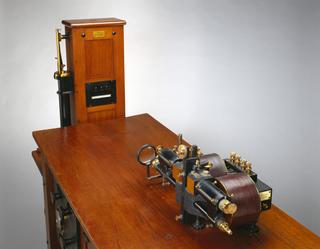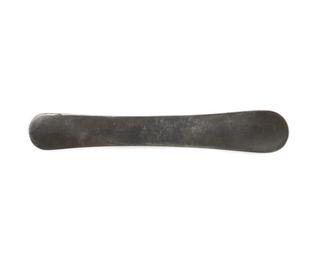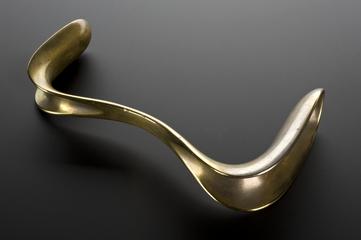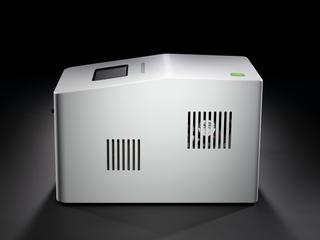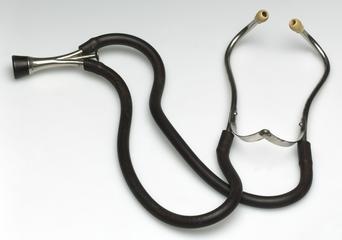
Fingertip pulse oximeter for children
- Made:
- 2017-2022 in unknown place
Yellow children's fingertip pulse oximeter
How can light measure the oxygen in our blood? Pulse oximeters like this shine red and infrared light through the fingertip and use this information to calculate the amount of oxygen in the blood. When blood contains lots of oxygen it absorbs more infrared light, but blood which contains less oxygen absorbs more red light. This type of technology was first used in the 1930s and 1940s to monitor pilots and make sure that they did not pass out at high altitudes in unpressurised aircraft. However, the technology used in modern devices was first developed in the 1970s by Japanese engineer Takuo Aoyagi.
Even as early as the 1980s, there was an awareness that pulse oximeters were less accurate on darker skin tones. This remains an issue and can have serious consequences for patients. On darker skin tones, pulse oximeters can give falsely high readings, increasing the risk of low oxygen levels not being recognised or responded to quickly.
Pulse oximeters became more widely known during the COVID-19 pandemic. There was mixed advice about whether people should use them to monitor their symptoms at home, with some doctors concerned that the information given by pulse oximeters could be misinterpreted, if they were used without medical advice.
Details
- Category:
- Clinical Diagnosis
- Object Number:
- 2024-29
- Materials:
- cardboard, plastic (unidentified) and textile
- Measurements:
-
overall: 32 mm x 31 mm x 58 mm,
overall (box): 36 mm x 77 mm x 51 mm,
- type:
- pulse monitor
